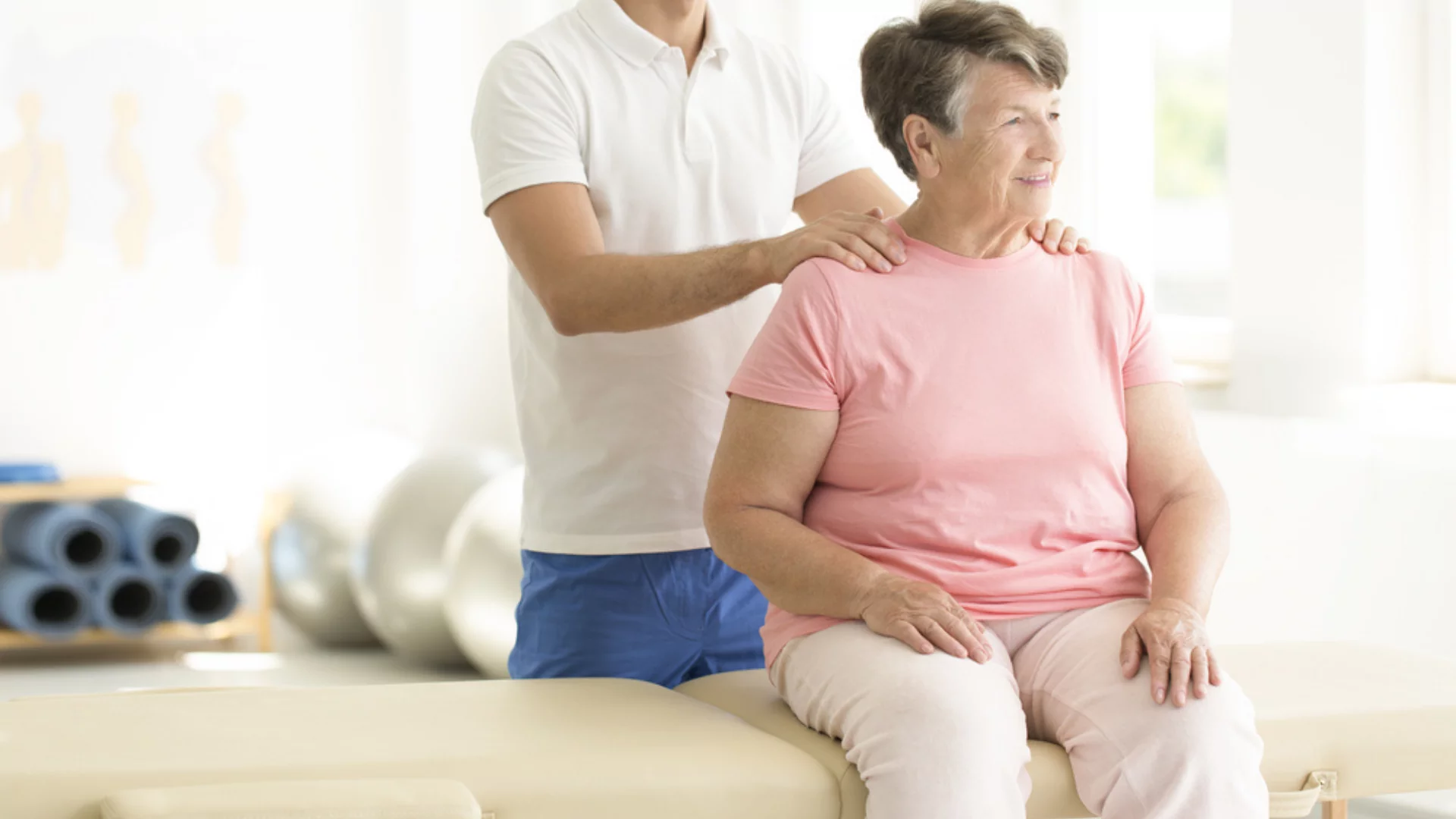Stroke rehabilitation is a critical journey for many individuals, and finding effective methods to enhance recovery is essential. Massage therapy, often overlooked, can play a pivotal role in the rehabilitation process. It offers a range of benefits that go beyond physical healing, aiding in emotional and mental recovery as well. Here, we explore six key points illustrating how massage therapy can be a valuable component in stroke rehabilitation.
Contents
Improving Circulation and Muscle Function
After a stroke, the body’s circulation can be compromised, leading to stiffness, swelling, and muscle weakness. Massage therapy is beneficial for enhancing blood flow and improving circulation, which is crucial for muscle recovery. By applying gentle 강남출장마사지 pressure and specific techniques such as Swedish or lymphatic drainage massage, therapists can help stimulate blood flow to the affected areas. Improved circulation not only supports muscle function but also aids in the reduction of muscle stiffness and atrophy. When blood flow increases, it carries oxygen and nutrients to damaged tissues, promoting their healing. In stroke survivors, this can be particularly helpful for the muscles that have been weakened or paralyzed. Regular massage therapy sessions can help in preventing the deterioration of these muscles, making them more responsive during physical therapy exercises.
Enhancing Mobility and Range of Motion
A stroke often results in restricted mobility and a loss of range of motion due to muscle stiffness, spasticity, or paralysis. Massage therapy can effectively address these issues by working on soft tissues, tendons, and muscles to improve flexibility. Techniques like myofascial release and deep tissue massage target the deeper layers of muscle and connective tissue, helping to release tension and promote better movement. By gradually relaxing the muscles and reducing tightness, massage therapy can improve mobility over time. This is crucial for stroke survivors as it enhances their ability to perform everyday activities independently. Furthermore, an improved range of motion through massage therapy supports other rehabilitation methods like physical therapy, allowing the patient to engage more effectively in exercises designed to restore strength and coordination.
Pain Relief and Relaxation
Pain and discomfort are common challenges for individuals recovering from a stroke. The affected muscles and joints can become tight, causing pain that may limit movement and hinder progress. Massage therapy offers a non-invasive and natural method for pain relief. Techniques such as trigger point therapy and neuromuscular massage focus on areas of tension, helping to release built-up knots and alleviate pain. Additionally, massage therapy induces relaxation by stimulating the release of endorphins, the body’s natural painkillers. This relaxation response not only reduces pain but also helps in calming the nervous system, which is often overactive following a stroke. The soothing environment and gentle touch of massage therapy create a sense of comfort, allowing patients to relax both physically and mentally. This holistic approach to pain management is vital, as it supports the emotional well-being of stroke survivors, helping them feel more at ease and optimistic about their rehabilitation journey.
Supporting Neurological Recovery
One of the most crucial aspects of stroke rehabilitation is neurological recovery. Massage therapy can aid in this process by stimulating the nervous system and promoting neuroplasticity, the brain’s ability to reorganize itself and form new neural connections. Techniques such as reflexology and craniosacral therapy focus on specific pressure points that connect to different parts of the nervous system, potentially encouraging the brain to reconnect with the body’s motor functions. The tactile stimulation provided during massage sessions activates sensory receptors, which send signals to the brain. These signals can help retrain the brain to respond and control the affected muscles and limbs more effectively. Over time, this consistent sensory input can contribute to improving motor skills and coordination, offering stroke survivors a better chance at regaining their independence.
Boosting Emotional and Mental Well-being
Stroke recovery is not only a physical process but also a mental and emotional one. Anxiety, depression, and emotional distress are common among stroke survivors as they cope with the changes and challenges in their lives. Massage therapy offers a space for emotional healing, providing a sense of connection and support that can significantly improve the individual’s mental state. The physical touch involved in massage therapy releases oxytocin, a hormone known for promoting feelings of well-being and reducing stress. This calming effect can help alleviate symptoms of anxiety and depression, which are prevalent among stroke patients. By creating a positive and safe environment, massage therapy contributes to building emotional resilience and a more optimistic outlook, making the rehabilitation journey more manageable. Improved mental well-being also positively impacts motivation levels, encouraging patients to engage more fully in other forms of rehabilitation.
Complimenting Other Rehabilitation Yeoksam-dong Massage Therapies
Massage therapy is a valuable addition to other rehabilitation treatments like physical therapy, occupational therapy, and speech therapy. Its integrative approach works harmoniously with these methods, creating a comprehensive rehabilitation plan for stroke survivors. By addressing muscle stiffness and improving circulation, massage therapy 역삼동출장안마 prepares the body for physical exercises and enhances the effectiveness of other therapies. Incorporating massage into the rehabilitation routine can also help manage the side effects of different treatments, such as pain or discomfort from physical therapy exercises. As massage therapy promotes overall relaxation and recovery, it supports the patient’s ability to participate in multiple therapies without feeling overwhelmed or exhausted. This holistic approach allows stroke survivors to experience a more balanced and effective recovery process, maximizing their potential for regaining independence and improving their quality of life.
In Summary
Massage therapy serves as an essential tool in stroke rehabilitation, addressing both physical and emotional challenges faced by survivors. Through its ability to improve circulation, enhance mobility, provide pain relief, support neurological recovery, and boost emotional well-being, massage therapy offers a comprehensive approach to recovery. Complementing other rehabilitation methods maximizes the chances of successful outcomes, helping stroke survivors regain independence and improve their overall quality of life.
